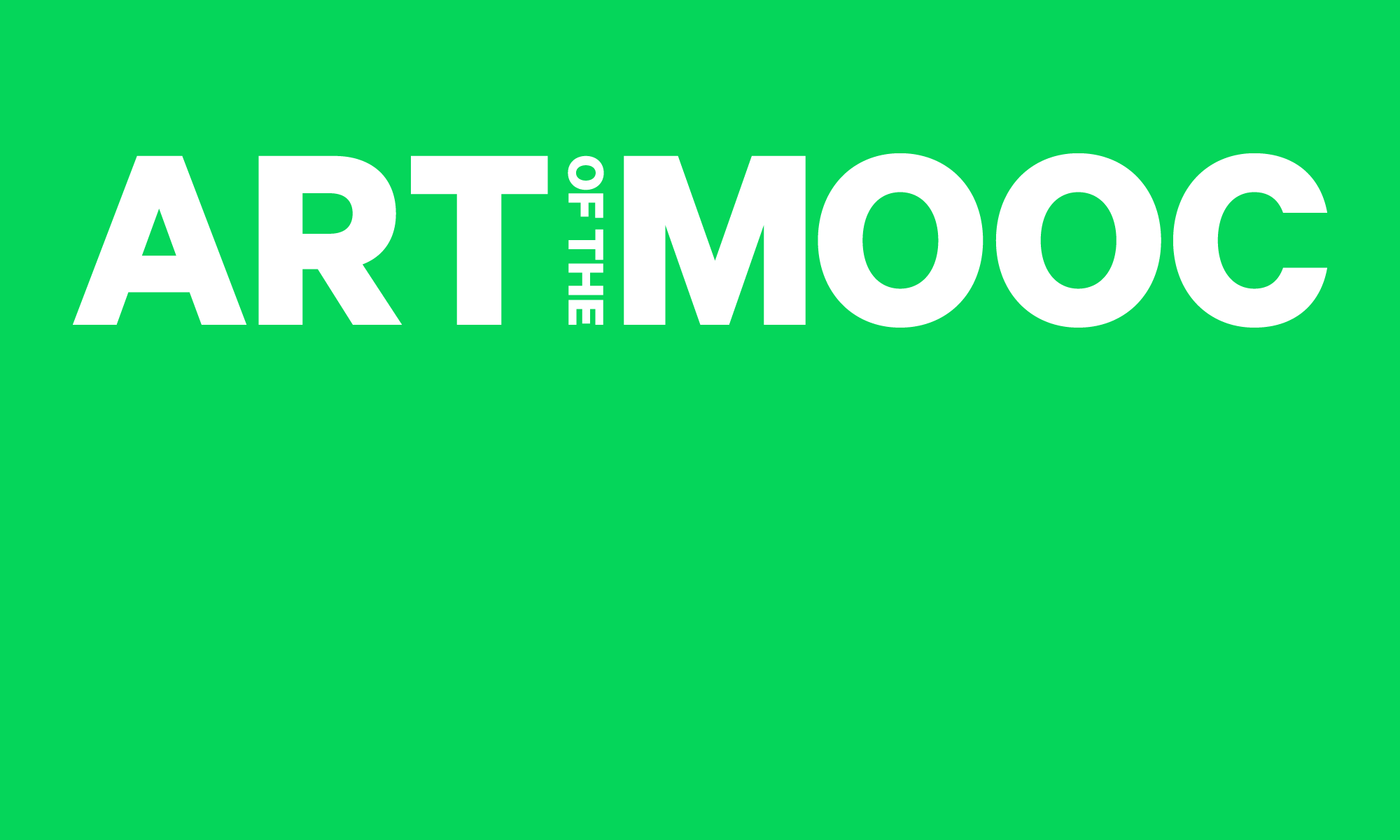One thing I really enjoyed in watching this series was the discussion of people’s experiences with art. In particular, in the discussion of public art such as public theatre, reenactments and artistic experiences involving the public, I thought that examining these were interesting because participation compels the public to remove themselves from the critical gaze we often have as viewers of art. Instead of getting caught up in the question of “why is this art?”, which undoubtedly leads to futile debates, it immerses the public in the experience. For me, the most fascinating thing about public art is that it reminds us that art is made for humans and because of humans, no after what form it takes. Public art puts embassies that art is always is always in conversation with life and human experiences. Even in cases where the artwork is being criticized and the public is giving their opinion on what they want to see, I think this is a particularly powerful tool because it shows art’s ability to mobilize people and capture our attention. It reveals what we care about and I think that this knowledge is pertinent in social movements. Whether people are reacting or interacting with public art, there is effort that goes into that.

a wiki of socially engaged art